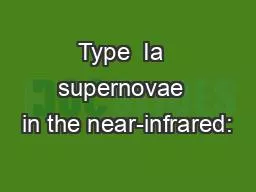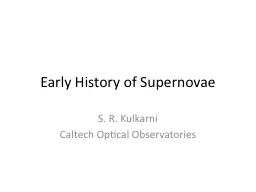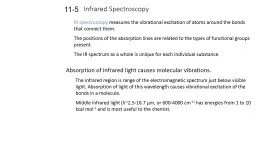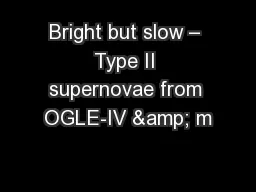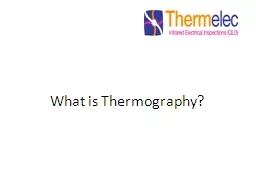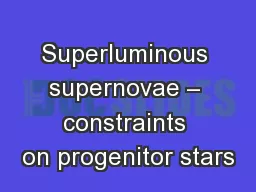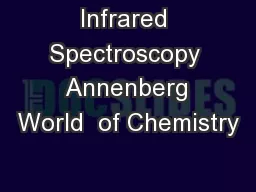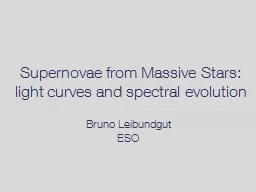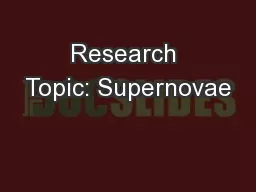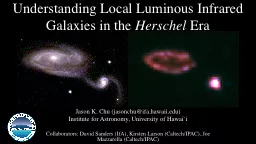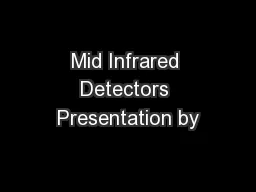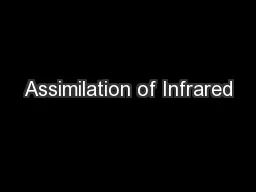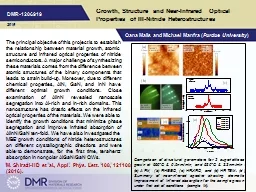PPT-Type Ia supernovae in the near-infrared:
Author : contera | Published Date : 2020-07-01
nickel all over Bruno Leibundgut Suhail Dhawan Jason Spyromilio Kate Maguire The promise of the nearinfrared Extinction is much reduced in the nearIR A H A V
Presentation Embed Code
Download Presentation
Download Presentation The PPT/PDF document "Type Ia supernovae in the near-infrar..." is the property of its rightful owner. Permission is granted to download and print the materials on this website for personal, non-commercial use only, and to display it on your personal computer provided you do not modify the materials and that you retain all copyright notices contained in the materials. By downloading content from our website, you accept the terms of this agreement.
Type Ia supernovae in the near-infrared:: Transcript
Download Rules Of Document
"Type Ia supernovae in the near-infrared:"The content belongs to its owner. You may download and print it for personal use, without modification, and keep all copyright notices. By downloading, you agree to these terms.
Related Documents

